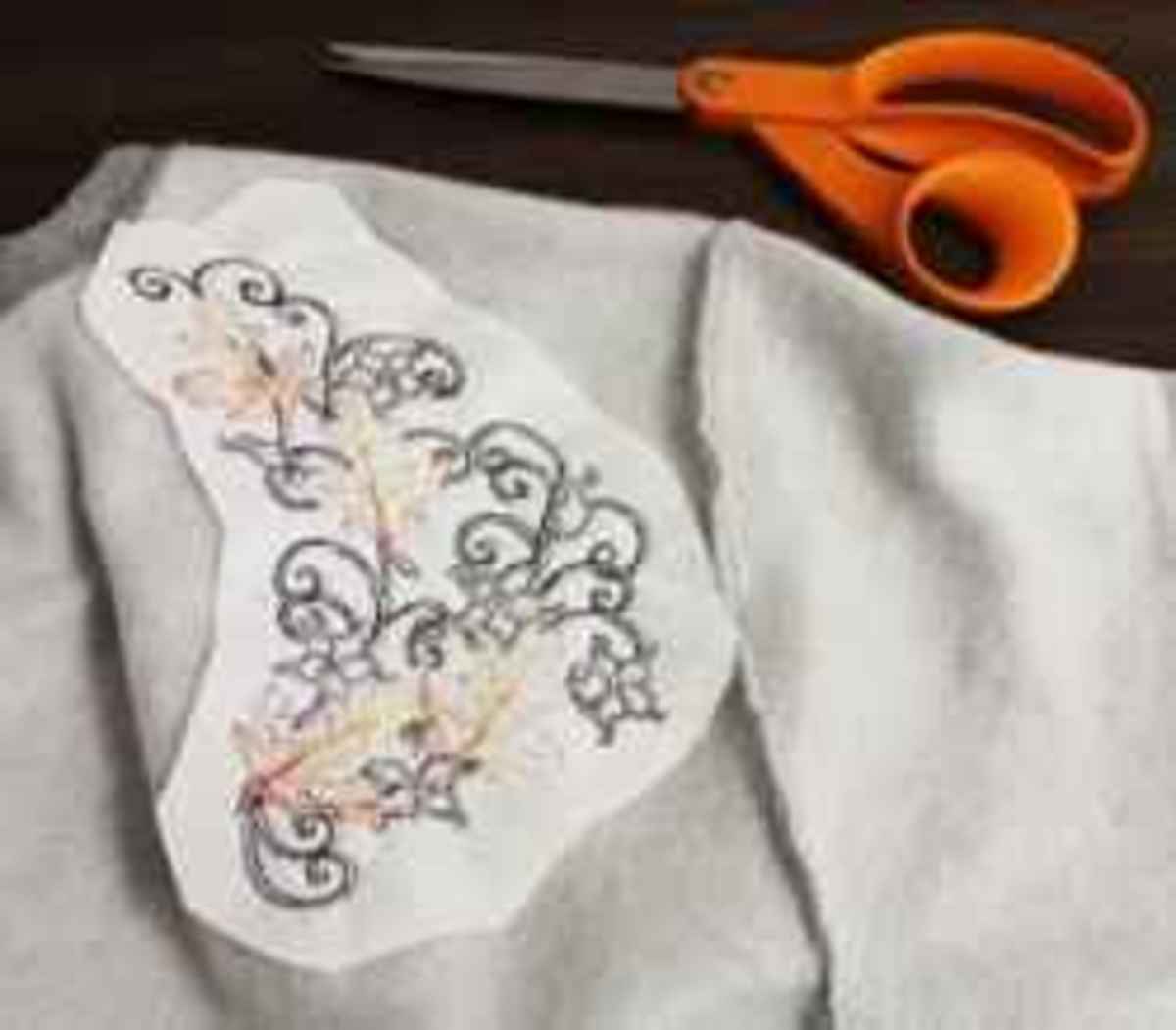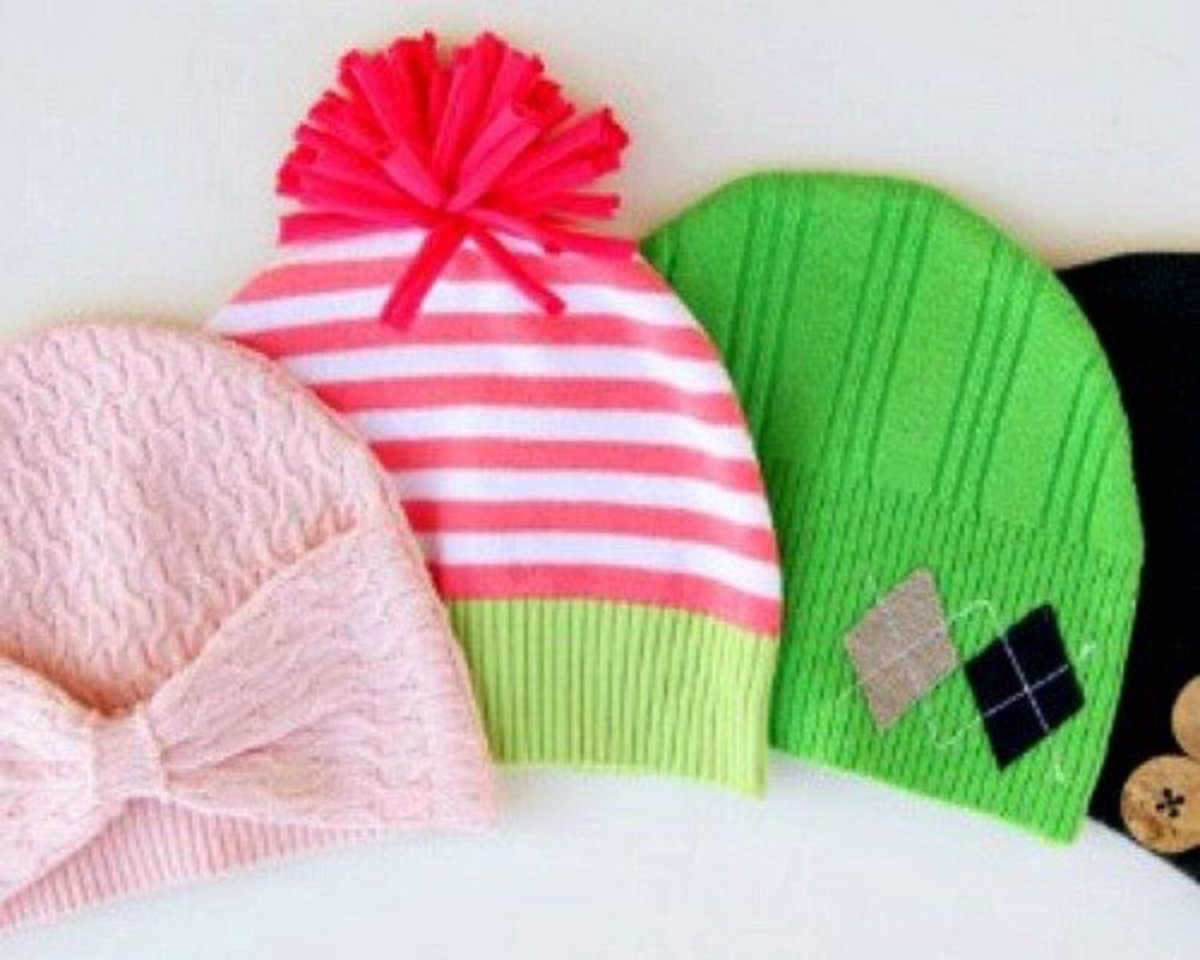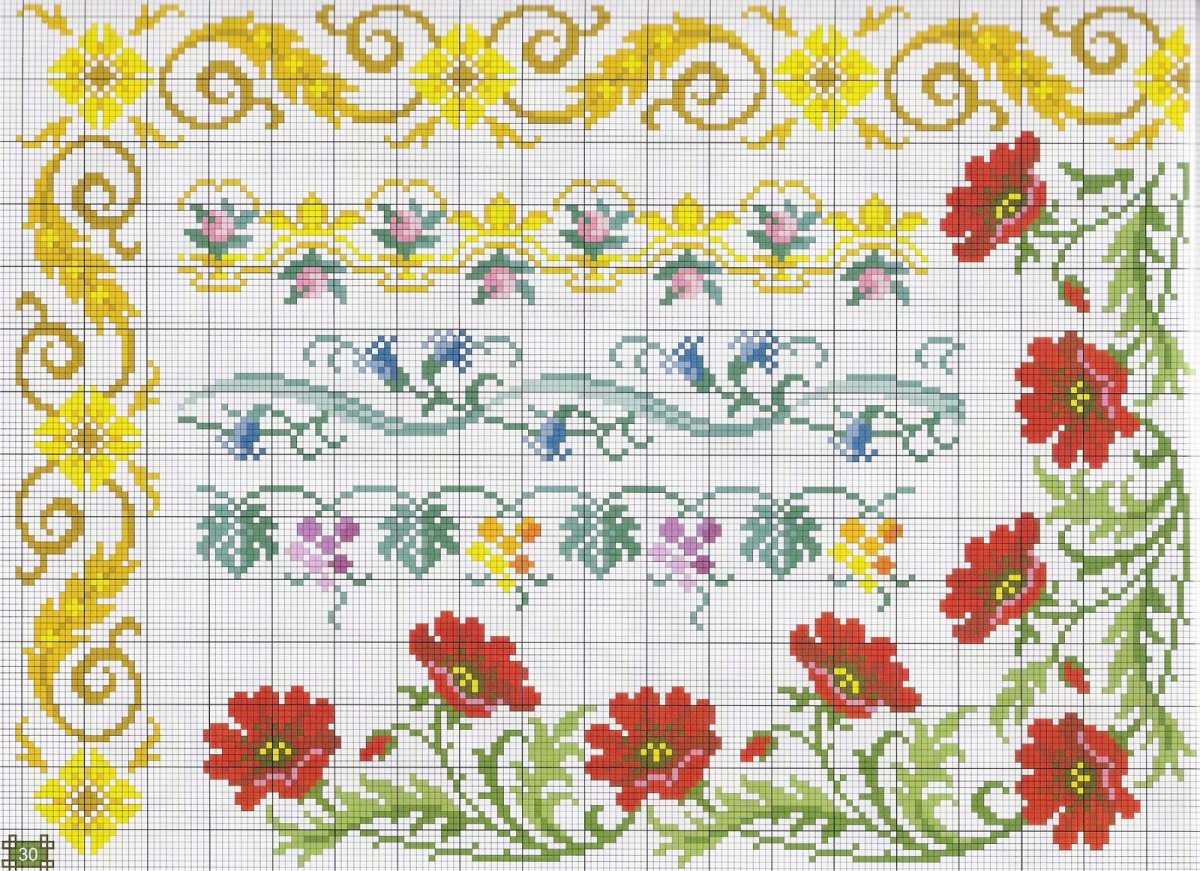- HubPages»
- Arts and Design»
- Crafts & Handiwork»
- Textiles»
- Embroidery
Successful Embroidery on Sweaters
Of all the different types of apparel that can be decorated with custom embroidery, sweaters are an obvious choice. Just by the nature of their style and fabric, embroidery adds a touch of class and sophistication to them. On the other hand, some of these characteristics, such as deep textures, a variable range of fabrics, and oversize styles mean some potential issues problems when embroidering these cozy pieces.

Know your knits
Before sewing any sweater, you need to first identify the type of knit you’ll be working with, fiber content, style, design to be embroidered, and desired location of that design. When you have determined these variables, you must also consider that digitizing, toppings/backings, and hooping for sweaters are different from that for traditional apparel. Whether you feel comfortable doing the digitizing yourself or plan hiring a digitizer to create your design for you, keep the following tips in mind.
With sweaters, it is important to know the gauge of the knit when digitizing. Gauge is the number of stitches and rows per inch used in the construction of the sweater and basically tells you what can and can't be embroidered. If the openings between the yarns are too big, stitches will fall in them. Keep in mind that there are some styles that just will not work with embroidery at all.
The low-gauge, bulky knits usually have four stitches and six rows per inch. Small letters and designs with detail get lost in the gaps of these knits. The closer-knit styles have 12 stitches and eight rows per inch. They are easier to embroider on and hold a design better because the texture is smoother. There are no gaps for stitches to fall in.
An important thing to remember when digitizing for embroidered sweaters is use quite a bit of underlay stitching. Because of the knit's tendency to stretch, make sure each sweater is completely attached to its backing. A secure anchor limits the fabric's tendency to push or pull during stitching.
Preparing your design
When digitizing, it is a good idea to start with several layers of underlay running in different directions. For a soft, fine knit, start with a horizontal and vertical running stitch. Add a cross stitch for a heavier knit and another cross stitch in the opposite direction for the heaviest knit. This will keep the fabric in place when the fill begins to sew.
When digitizing satin stitches, use several rows of running stitches as underlay for the finer knits. Add a zigzag base for medium weight and a double zigzag to hold the heavy knit sweaters in place Here are more digitizing tips to remember:
- In many cases, adding density to the stitching will help because it holds the bulk of the sweater down.
- Be sure to run a sample sewout of your design on the same fabric you plan to stitch it on.
- Small details like serifs on text or thin lines may sink into the sweater, even with extra underlay

Sewing
Sharply pointed details and small letters within a design may not stitch-in other words, they may sink into the sweater-no matter what you do.
To help with stitching small letters make a block of light fill stitches. Stitch this block first in thread the same color as the sweater to hold the nap down. Make the shape of the block's outer border as close to the shape of the lettering area as possible. You may need to take the density down to 10% or 30% so the block doesn’t look like a fill stitch.
To get the best design results, you must use adequate backing and topping. Cutaway backing in a medium to heavy weight is the best. For the finer, higher gauge knits, a medium weight backing works well. If this doesn't do the trick, add another piece of backing of the same weight. For heavy-gauge knits, use a thicker cutaway.
Other things to consider
When working with sweaters, even the best digitizing, backing, and topping technique will not help if you do not hoop properly. Before pressing the top part of the hoop in place, make sure the grain of the knit is straight vertically and horizontally. While golf shirts, T-shirts, and sweat shirts can be pulled and straightened after hooping, sweaters cannot. Pulling the sweater will only distort the design after removal from the hoop.
Finding the proper location for the design; is also important. Because sweaters tend to be oversize, the design should not be placed too far to one side or it may end up under the arm of the wearer. To tell exactly where to hoop for proper placement, have someone try on the sweater and hold up a sample of the stitched design against it.
Using a template is another way of making sure your design is in the same place on every garment. It is not a good idea to rely on visual placement because different knit patterns can be deceiving. Even if the sweater has stripes, they may not always be in the same place on each one. Also, sweaters without arm seams are particularly difficult to hoop. Because the seam is not there to use as a guide, a design tends to be moved further out from the center and this too, could cause the design to end up under the arm.
In conclusion, remember that practice makes perfect in producing the best embroidery possible on sweaters.








